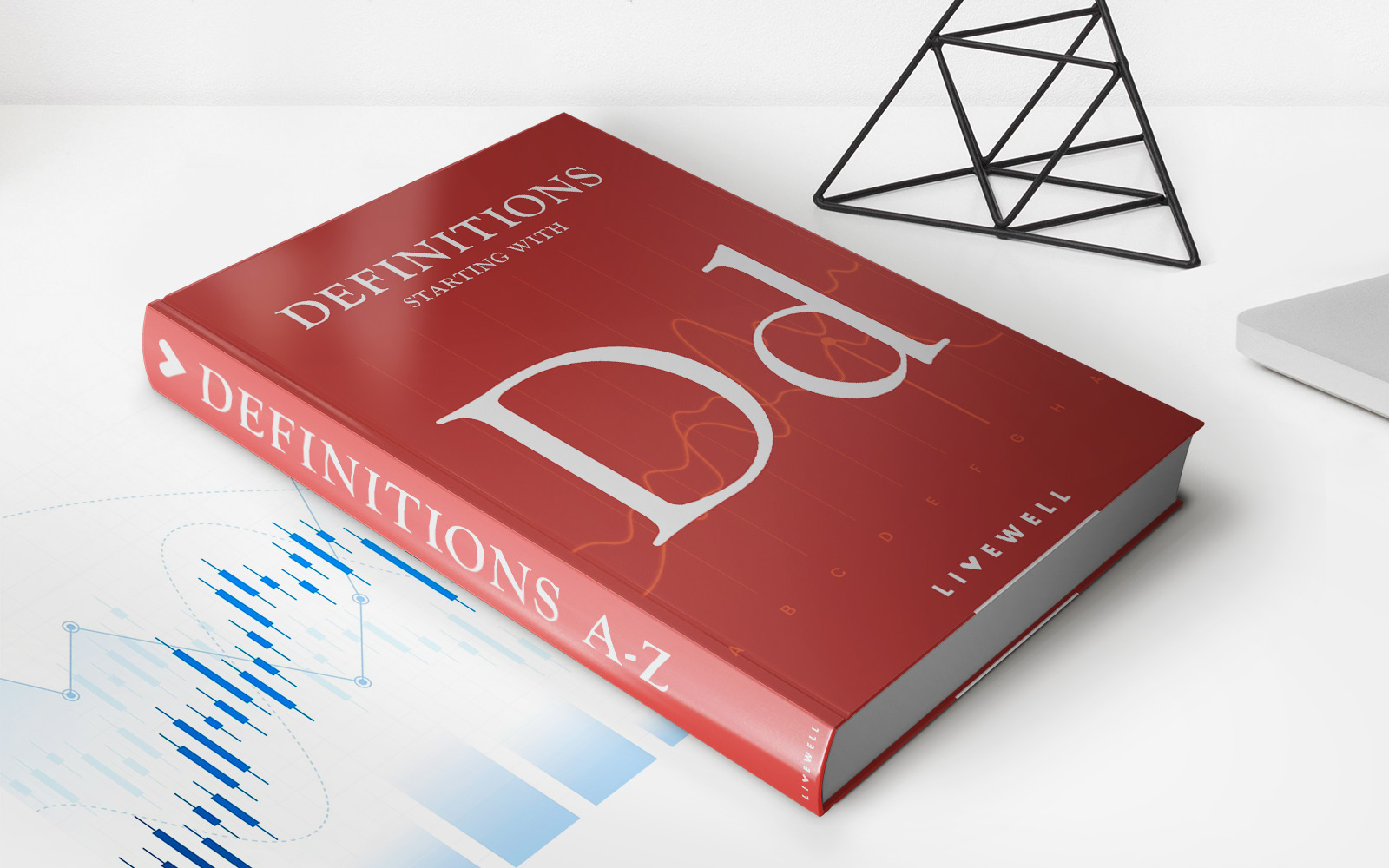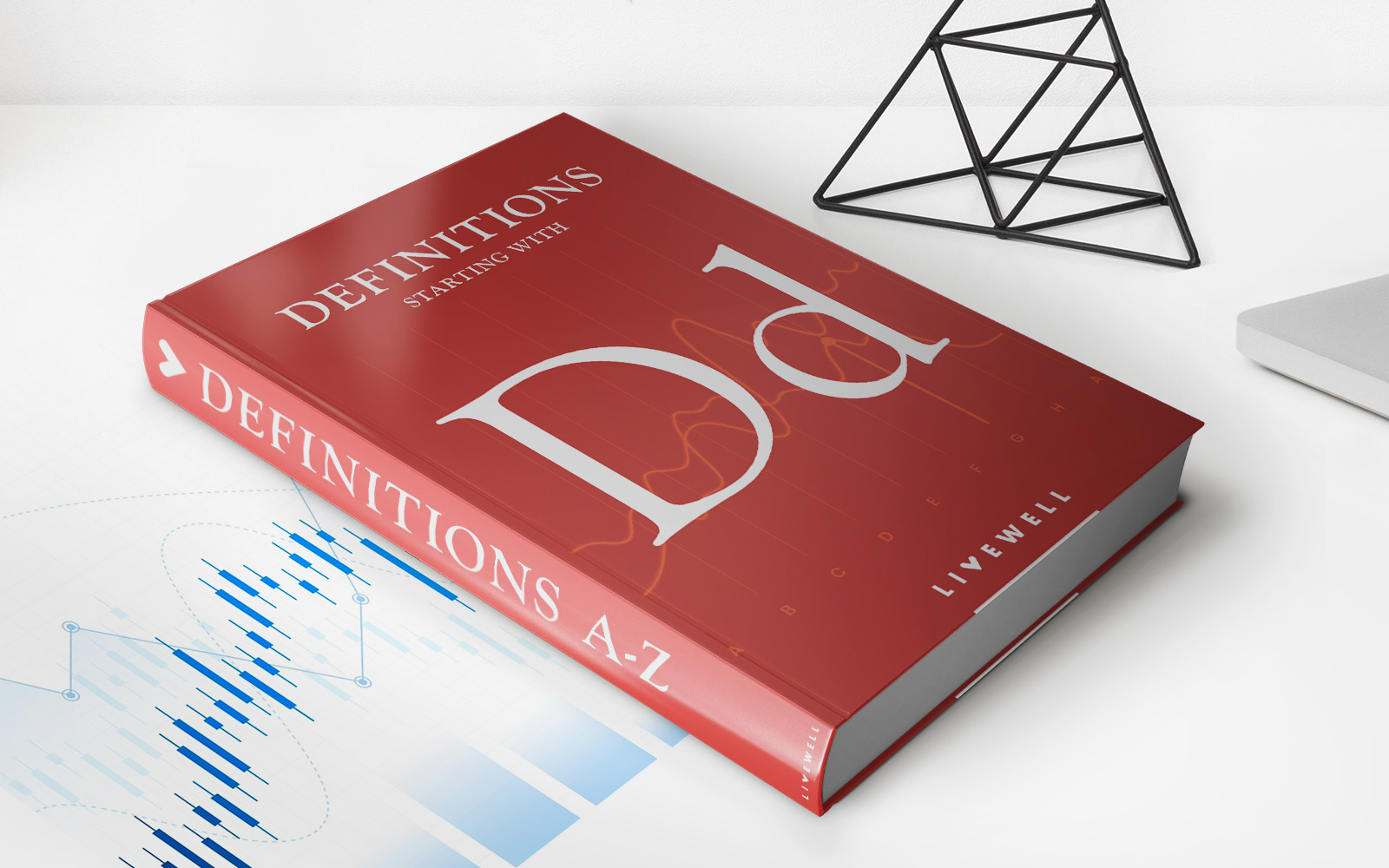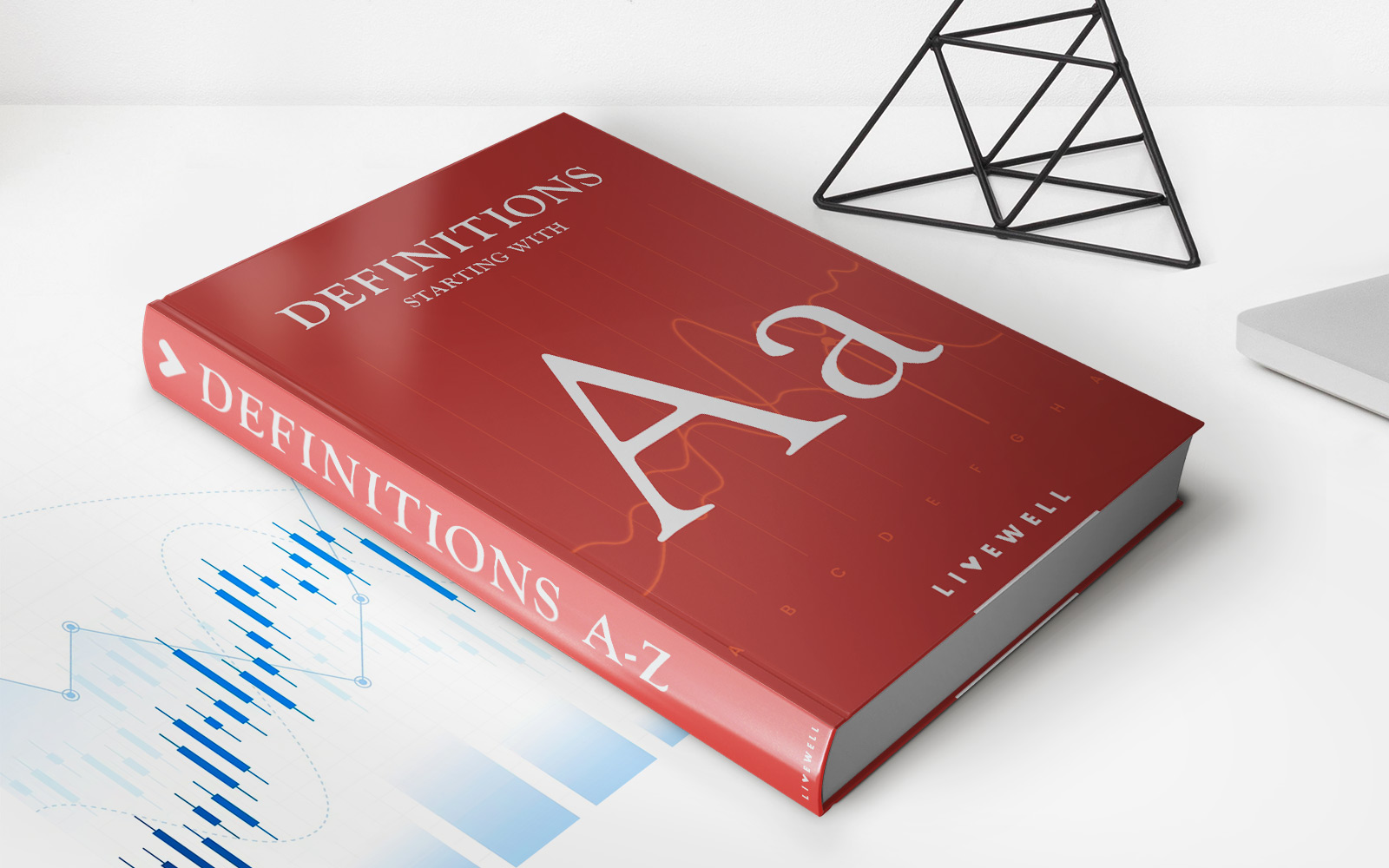

Finance
Day-Count Convention: Definition, Common Types
Published: November 7, 2023
Learn about day-count convention in finance, its definition, and common types. Explore how this convention is used in various financial calculations.
(Many of the links in this article redirect to a specific reviewed product. Your purchase of these products through affiliate links helps to generate commission for LiveWell, at no extra cost. Learn more)
Day-Count Convention: Definition, Common Types
Welcome to our finance blog! Today, we’re going to delve into the intriguing world of day-count conventions. If you’ve ever wondered about the methods used to calculate interest over time in various financial transactions, then you’re in the right place. In this blog post, we will explain what day-count conventions are, discuss the common types, and shed light on their importance in the finance industry.
Key Takeaways:
- Day-count conventions determine how interest is calculated based on the number of days between two dates.
- Common types of day-count conventions include Actual/Actual, Actual/360, Actual/365, and 30/360.
What are Day-Count Conventions?
In the finance world, day-count conventions play a crucial role in calculating the interest earned or accrued on a financial instrument during a specific time period. These conventions define the method used to compute the number of days between two dates, which ultimately affects interest calculations.
Day-count conventions are especially important in fixed income markets where interest payments on bonds, loans, and other debt instruments are determined based on the number of days elapsed between coupon payment dates or settlement dates.
Common Types of Day-Count Conventions
Let’s explore some of the most widely used day-count conventions:
- Actual/Actual: This convention calculates interest based on the actual number of days between two dates, considering the actual number of days in each year. It is widely regarded as the most accurate method and is commonly used in government bonds and money markets.
- Actual/360: In this convention, the actual number of days is divided by 360 to determine interest. It is predominantly used in commercial paper, short-term loans, and interest rate swaps.
- Actual/365: Similar to Actual/360, this convention divides the actual number of days by 365 for interest calculation. It is primarily used in euro markets.
- 30/360: This convention assumes that each month consists of 30 days and each year contains 360 days. It is commonly used in corporate bonds, government bonds, and loans.
Why are Day-Count Conventions Important?
Understanding day-count conventions is crucial for both financial professionals and individuals involved in investment activities. Here’s why:
- Accurate interest calculations: The choice of day-count convention directly impacts the accuracy of interest calculations, ensuring fairness and transparency in financial transactions.
- Standardization: Day-count conventions provide a standardized method of calculating interest, making it easier for market participants to compare and evaluate different investments or loans.
- Legal and regulatory compliance: Day-count conventions often have legal and regulatory implications in financial contracts, and being familiar with the conventions helps ensure compliance and avoid potential disputes.
In conclusion, day-count conventions are an essential aspect of the finance industry. They determine how interest is calculated based on the number of days between two dates, allowing for accurate and standardized interest calculations. By understanding the common types of day-count conventions and their significance, financial professionals can navigate the complexities of interest calculations more effectively.
Thank you for reading our blog post on day-count conventions. Stay tuned for more informative content in our Finance category!














